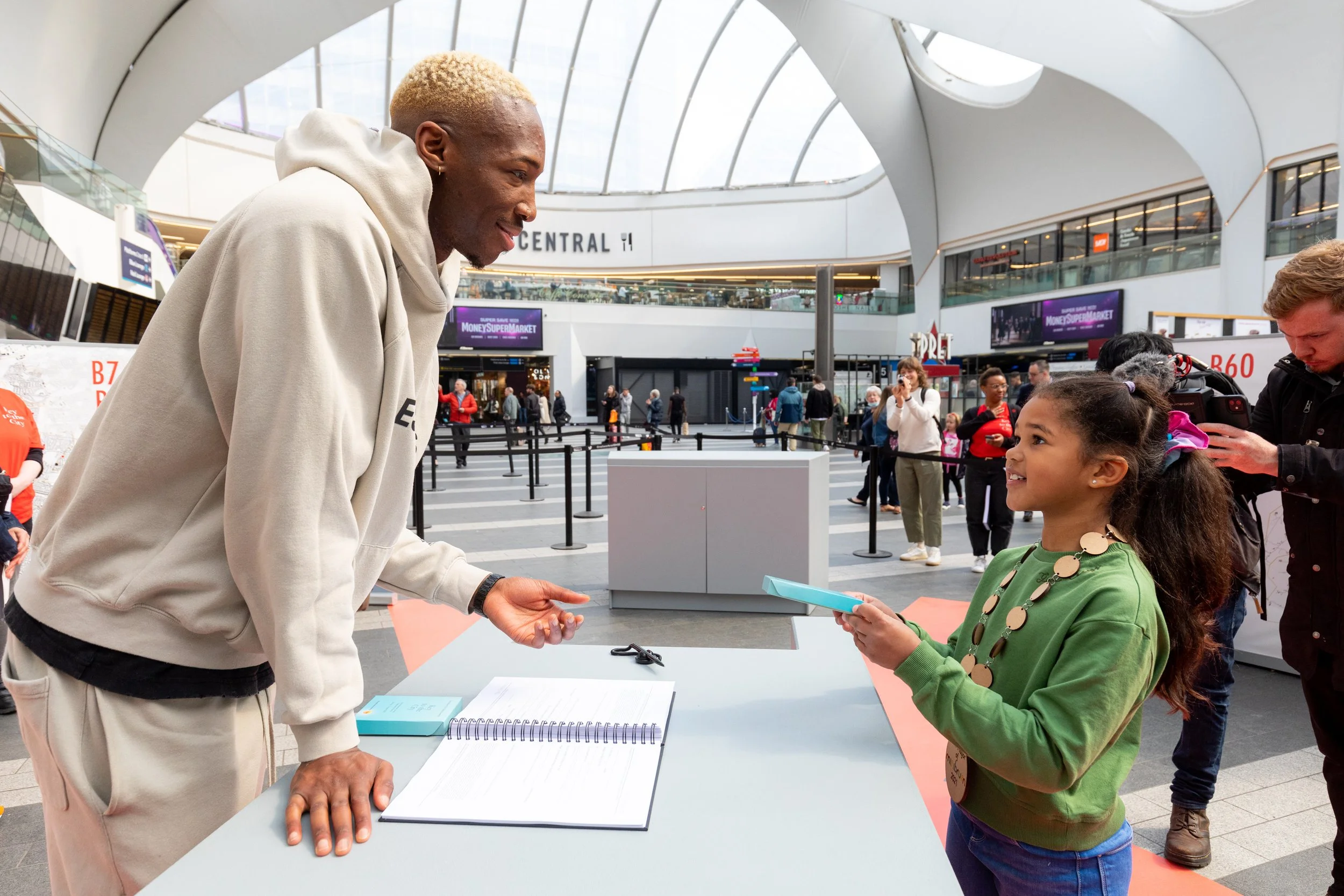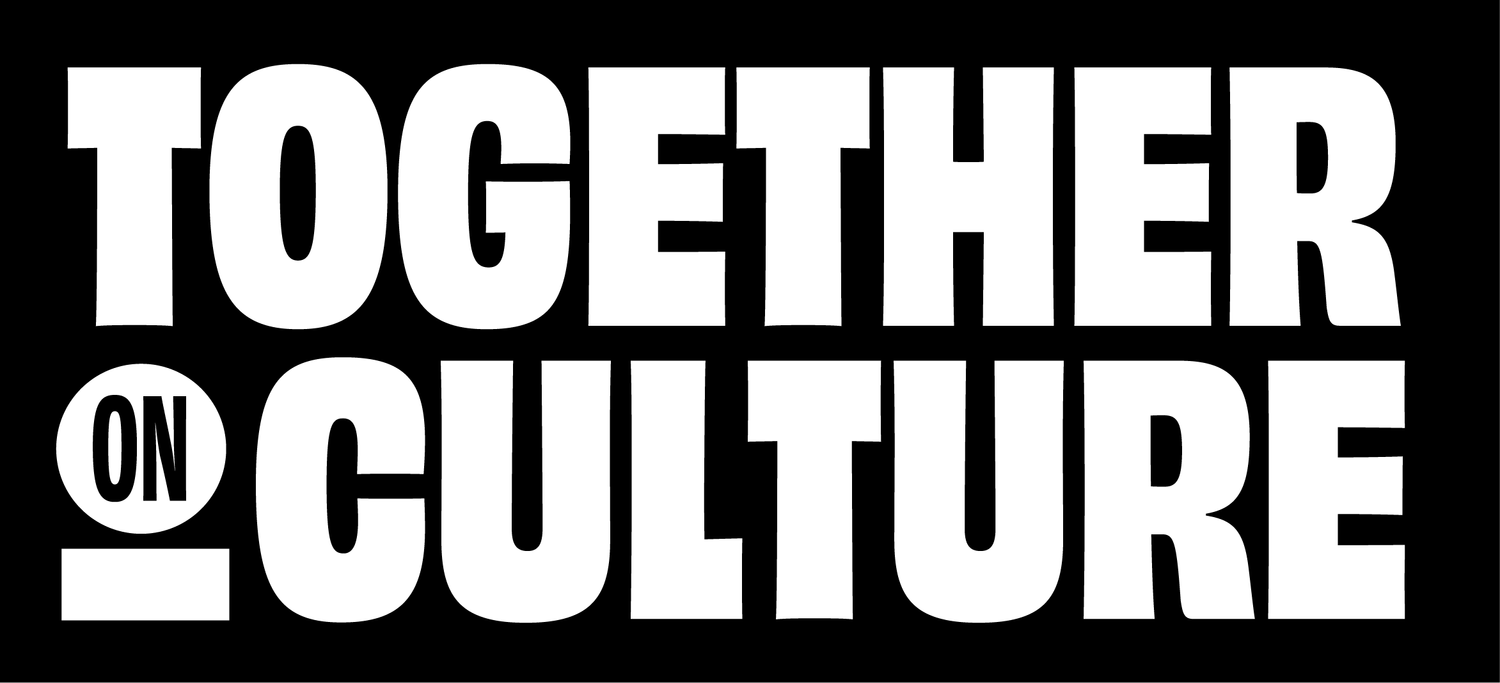Pillar 2: A Brand for Creativity
How culture shapes the brand of our city; building reputation and magnetic appeal, right across the world. New connections, new visitors, new investments and new opportunities, all unlocked by culture.
A narrative for our cultural identity
A city’s brand is what it’s known for. It’s the stories that are shared; the news that emerges; the memories people hold onto; the potential that the place presents to the world and of course a visual presence captured by architecture, landscapes, people and events.
Sometimes these aspects of a place's brand are captured in a logo or signifier; more often they are actually the outcome of things like civic leadership, a great quality of life, smart investments and of course, the cultural life of a place.
As custodians of the city’s art and creativity, the Cultural Compact has a potential role in a narrative around the city’s culture that can be shared by ambassadors for the city, those who market the city across global territories and of course those who seek to share their local pride in their home.
So what are the key strands of that narrative?
First of all Birmingham is a comparatively youthful city, energised by a new generation that have pride in their city but also a global world view that’s informed by culture.
Second, it is a place that embraces fusion - a dynamic mashup of ideas, cultural forms, cuisines and communities in the most exciting of ways. A great example here is our City of Birmingham Symphony Orchestra collaborating with artists across a host of genres from grime, to bollywood, to bhangra.
Third? It’s the inspiration to be found on the city’s Coat of Arms – the artist and the engineer, first used in 1843, which today brings together technology, art, commerce and culture, the practical with the poetic; making Birmingham an industrial city with a true love of the arts.
And then fourth, there is the clear global outlook as a city that says emphatically ‘Hello World’. This is in part captured by being a super-diverse city where the global majority populations are also the majority across the city, too, with roots stretching back to South Asia, to Africa, the Americas, to China, to the rest of Europe. Having a city population with links across the world makes our home-grown culture immediately future-proofed for the international market. A case in point is the arts programme at Ikon Gallery, drawn up by a curatorial team of women who are all from global majority populations.
Cultural attraction
Ever since Richard Florida captured the idea of the ‘Creative Class’, cities have realised that urban renewal (and sustained success) can only happen if the talented and dynamic want to move to your city, and that if you want to make that happen, culture is one of the most magnetic tool in your box of tricks.
Culture and the arts play a pivotal role in attracting and retaining talent in Birmingham, particularly among the thousands of students graduating from the city’s universities each year. A vibrant cultural scene is key to student life and Birmingham’s appeal, offering unique experiences that foster connection, creativity, and community.
The stronger our city’s arts offer, the more cultural talent we can attract, and so the stronger still will be our cultural output: a genuinely virtuous circle.
Birmingham’s cultural output speaks directly to younger demographics. Venues like the O2 Academy, B:Music and Digbeth’s Custard Factory host live music and events that align with contemporary trends, while spaces such as the Ikon Gallery showcase internationally recognised contemporary art. Events like the Birmingham Weekender Festival and the Flatpack Film Festival further cement the city’s reputation for cutting-edge cultural experiences.
This cultural vibrancy underpins student life, offering accessible and diverse opportunities for leisure, socialising, and personal growth. It creates an environment where young talent feels valued and inspired, making them more likely to stay in the city post-graduation.
Culturally, Birmingham also extends its reach globally, leveraging key institutions to project its identity. The City of Birmingham Symphony Orchestra (CBSO) exemplifies this, touring regularly in Europe, Japan, and the U.S., showcasing Birmingham’s cultural excellence. Similarly, the Birmingham Royal Ballet and The Rep theatre elevate the city’s profile through international performances, positioning Birmingham as a cultural leader. This global profile is, of course, at risk if cuts to art and culture continue. A headline focus of this strategic framework is that funding levels can be restored in the future.
To further strengthen its global presence, Birmingham could develop a festival that reflects its industrial and cultural heritage. Aligning this with campaigns like It Starts Here would integrate cultural innovation with broader regional strategies, building a culturally-infused brand for inward investment. At street level, creating high-visibility cultural projects, such as street art installations or pop-up events, could engage residents and visitors alike, while amplifying Birmingham’s distinctiveness.
In combining local appeal with global reach, Birmingham’s cultural sector is essential to attracting, retaining, and showcasing the talent that drives its continued growth and innovation.

What are we known for, or should be?
We asked over 500 people what Birmingham is known for, culturally and what it could shout about more. Here’s what people told us…
Destination Birmingham
We believe that Birmingham's cultural framework is a cornerstone in supporting the city’s Visitor Destination Plan, too, directly aligning with objectives to enhance tourism and the visitor economy. The city’s diverse and dynamic cultural assets serve as key attractions that can draw both domestic and international visitors, contributing to longer stays, increased spending, and positive perceptions.
Birmingham’s rich cultural landscape, including institutions like the Birmingham Royal Ballet, Symphony Hall, and the City of Birmingham Symphony Orchestra, offers unique experiences for visitors. Our festivals, like the Sandwell and Birmingham Mela, provide opportunities to position Birmingham as a cultural hub for the region, resonating with diverse audiences. Integrating these offerings into a coherent tourism identity (a proposed action in the visitor destination plan) would bolster efforts to increase awareness of the city as a leisure destination.
Major events like the Commonwealth Games have given us a global showcase for Birmingham’s cultural regeneration and public realm improvements, aligning with the objective of increasing visitor numbers and length of stay. Moreover, leveraging cultural assets for accessible and sustainable tourism can cater to diverse traveller needs while promoting inclusivity and environmental responsibility.
Tourism and the visitor economy were worth £9.25 billion in 2023 to Birmingham and brought in 47 million visitors.
A number of priorities in this framework align very closely with our plans on tourism including:
Developing a literature-based tourism product through well known local authors like J.R.R. Tolkien;
Promoting greater connectivity between city centre and outlying boroughs;
Looking at the feasibility of a City Attractions Pass;
Bidding for major cultural events; and
Securing greater support for accessible and sustainable tourism.
Cultural tourism can also address seasonal challenges, ensuring year-round appeal through a robust calendar of events and exhibitions. And there is a strong link to culture around Birmingham’s culinary scene, with its Michelin-starred restaurants, through to the Balti Triangle via a huge range of global cuisines and street food, complementing its cultural offerings, making it a perfect destination for food and culture enthusiasts. A city-wide pass for culture would follow the model of other cities, for example in Manchester the city pass covers access to Manchester City Football Club, Coronation Street – The Tour, RHS Bridgewater and the National Football Museum as well as discounts at hotels, restaurants, shops and experiences.
Credit: Birmingham Museums Trust
Pride in our City
And finally in this pillar of our strategic framework, it is vital to acknowledge that culture builds civic pride and that as well as bringing communities together, it has the incredible power to create civic agency in the people of a city like ours. They will talk to friends and family about the latest show, they will make the cultural offer of the city part of a business pitch, and they’re more likely to take a wider role in civic life, for example through volunteering.
Here is also where our framework aligns with our Heritage Strategy for the city, as celebrating our history, heritage assets and how Birmingham has shaped the modern world is key to building local pride and engagement. Also aligned is the city’s Public Art Strategy, which calls for art to celebrate the many identities of Birmingham's places and people, through diverse artworks across the public and private realm.
Joe Lycett’s Manifesto for the Arts
Written in collaboration with other artists and unveiled at the Sky Arts Awards, Joe Lycett’s manifesto calls for a number of actions to support the arts, including greater funding. Manifesto asks include: breaking down barriers on artists touring in the EU, action on ticket scams, business rates reform to support venues and studios, and action to halt the rapid decline in arts GCSE entries.
When Sparks Fly – The Things We Invented
The spirit of invention and the crucible-like power of culture are virtually synonymous with each other, and so it is important to recognise just some of the many moments where Birmingham has been the Mother of Invention for some world-changing innovations:
Gas street lighting - Photocopying - The steam whistle - The modern postal system - X-Rays - Celluloid - The dental drill (ouch) - The pneumatic tyre (Mr Dunlop!) - The modern whistle - The first mass-produced pen nib - The electric kettle - The first artificial trachea - The Birmingham screwdriver - The spring-loaded door lock - and The Baskerville font.
Pillar 2: Action Areas









